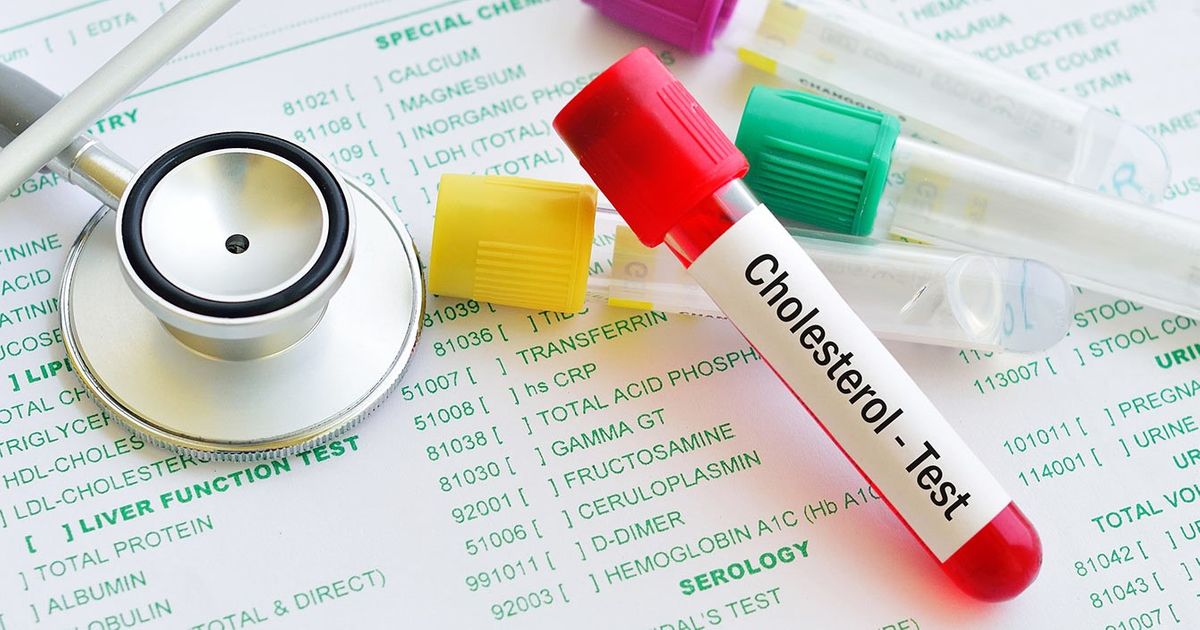How Wheatgrass Benefits Health
Scientific studies in the early 20th century had revealed the chlorophyll molecule shared a lot of similarities with the heme molecule found in the red blood cells. In the early 1930s, agricultural chemist Charles F. Schnabel reasoned that green vegetables would stimulate chickens to produce more blood and eggs. During this time, many poultry farmers were experiencing low egg production in their farms. Charles tried out many green vegetables including the leafy parts of alfalfa, turnips, and mustard without success.
One day, Charles Schnabel added dried wheatgrass powder into the poultry feeds as he tried to save his dying hens. Fortunately, his hens survived and even began laying more eggs. As an agricultural chemist, Charles started experimenting wheatgrass on other animals, including humans. Following Charles’ findings, scientists began researching into the benefits of consuming wheatgrass, and soon, wheatgrass juices, supplements, and powders became widely available. Proponents of wheatgrass believe it is packed with numerous nutrients that can offer supplemental nutrition and improve health. Get to know the major ways in which wheatgrass benefits health now.
Reduction In Cholesterol

Cholesterol is a waxy matter found in all the cells in our bodies. The cholesterol in our bodies is manufactured in the liver, while we obtain the rest from our diet. Our bodies need cholesterol for making hormones, and vitamin D. Although a small amount of cholesterol is healthy for our bodies, excess cholesterol in the blood can form plaque. Large deposits of cholesterol in the arteries can cause the affected area to break open, leading to the formation of a blood clot, which restricts blood flow. If the plaque blocks blood vessels carrying blood to the brain and limbs, it can result in health problems such as stroke, carotid artery disease, and peripheral arterial disease.
Numerous animal studies have shown wheatgrass contains compounds that may help reduce cholesterol. Wheatgrass contains antioxidants that help detoxify the liver, numerous minerals, and vitamins A, C, and E. The components of wheatgrass have the same effect as atorvastatin, a prescription drug for individuals with high blood cholesterol.
Regulates Blood Sugar

The body’s blood sugar levels are controlled by a hormone known as insulin. Increased blood sugar can lead to a wide range of symptoms, including thirst, headaches, fatigue, and frequent urination. If blood sugar remains uncontrolled for a long time, it can have serious consequences, such as skin infections, nerve damage, and vision problems.
Animal studies have shown wheatgrass may help in regulating blood sugar and lipid levels in the body. Wheatgrass contains a compound similar to insulin. Besides, wheatgrass also contains compounds that fight inflammation. These compounds have been shown to help manage the side effects of diabetes. In one animal study, rats with diabetes were fed with wheatgrass for thirty days. Researchers discovered feeding these rats with wheatgrass modified certain enzymes in their body that help regulate blood sugar.
